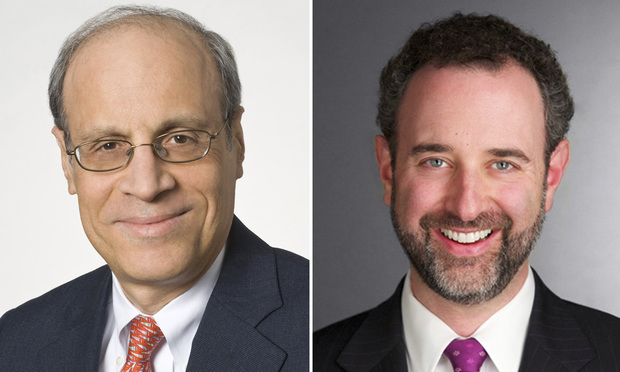The past two months have seen significant Lanham Act decisions addressing the evolving post-eBay standards for granting an injunction, the distinction between advertising and protected statements of scientific opinion and the interplay between copyright and false endorsement law where an advertisement includes unauthorized music. We also address two significant patent-law issues: the proper role of the infringer’s real-world profits in the calculation of a reasonable royalty and the inclusion of a prior invention in an obviousness analysis.
False Advertising Injunction
In 2006, the Supreme Court sent shockwaves through the intellectual property bar when it ruled in eBay v. MercExchange, 547 U.S. 388 (2006) that irreparable harm should not be presumed when a patent owner seeks an injunction against an infringer. Several federal Courts of Appeal have since extended eBay’s holding to cases brought under the Copyright and Lanham Acts. Under eBay, requests for injunctive relief in intellectual property cases that had been granted almost automatically have become matters of contested proof. In Groupe SEB USA v. Euro-Pro Operating, 2014 WL 7172253 (3d Cir. Dec. 17, 2014), the Third Circuit held that, while no presumption of irreparable injury applies in false advertising cases, the inferences and assumptions that had led courts to establish a presumption of irreparable injury will still play a key role in deciding whether the evidence presented justifies injunctive relief.



